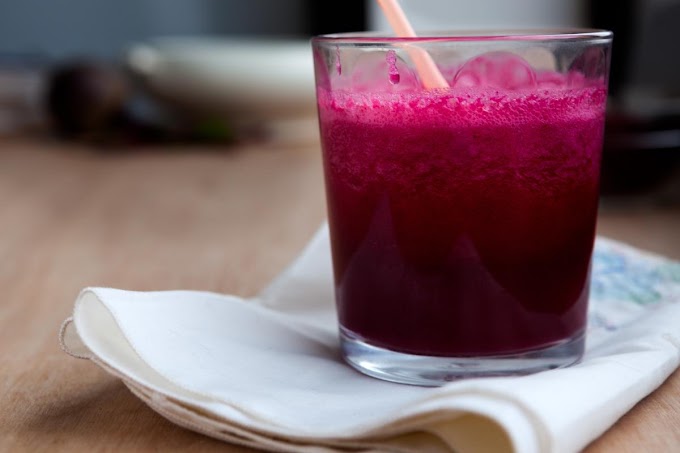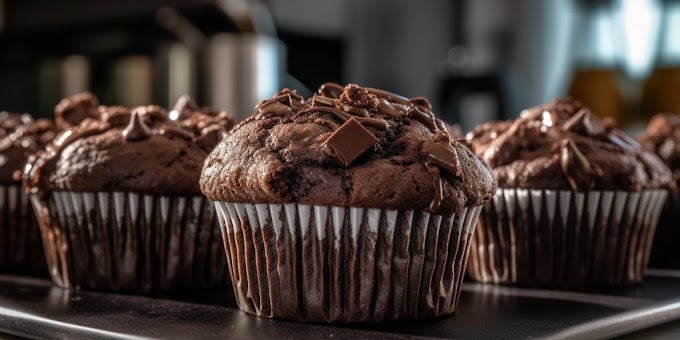1. Choosing the Right Eggs
Freshness Matters: Always opt for fresh eggs, as they have a firmer yolk and white. To test an egg’s freshness, place it in a bowl of water; if it sinks and lays flat, it’s fresh. If it stands upright or floats, it’s past its prime.
Free-Range and Organic: Consider using free-range or organic eggs. They often have a richer flavor and more vibrant yolks due to the varied diet of the hens.
2. Perfect Scrambled Eggs
Low and Slow: The key to creamy, soft scrambled eggs is cooking them over low heat. High heat can cause the eggs to become dry and rubbery.
Add Milk or Cream: For extra richness, whisk in a splash of milk or cream before cooking. This adds moisture and helps create a softer texture.
Constant Stirring: Stir the eggs gently and constantly with a spatula. This breaks up the curds and ensures even cooking.
Season at the Right Time: Season the eggs with salt and pepper just before they finish cooking. Adding salt too early can make the eggs watery.
3. Fluffy Omelets
Proper Whisking: Whisk the eggs thoroughly before cooking to incorporate air, which contributes to a light and fluffy omelet.
Use a Non-Stick Pan: A non-stick pan ensures the omelet slides out easily and doesn’t stick, which can ruin the presentation.
Add Ingredients at the Right Time: Add fillings like cheese, vegetables, or meat once the eggs are mostly set but still slightly runny. This ensures the omelet folds easily without breaking.
Fold, Don’t Stir: Instead of stirring, gently fold the eggs over the filling to create layers of fluffiness.
4. Perfectly Poached Eggs
Fresh Eggs are Crucial: Fresh eggs are essential for poaching, as the whites are firmer and hold together better in water.
Use Vinegar in the Water: Adding a splash of vinegar to the boiling water helps coagulate the egg whites, ensuring a neater poach.
Create a Whirlpool: Stir the boiling water to create a whirlpool before adding the egg. This helps the egg white wrap around the yolk for a perfect shape.
Cook Time: Poach the egg for about 3-4 minutes for a runny yolk or 5-6 minutes for a firmer yolk.
5. Making the Perfect Fried Egg
Medium Heat is Key: Cook fried eggs over medium heat to ensure the whites are set while the yolk remains runny.
Butter or Oil?: Use butter for a richer flavor or oil for a crisper edge. If you want the best of both worlds, use a combination of the two.
Baste for Even Cooking: To cook the top of the egg without flipping it, spoon some of the hot fat over the egg whites. This gently cooks the top while keeping the yolk intact.
Seasoning: Season the egg with salt and pepper once it’s in the pan, allowing the seasoning to meld with the egg as it cooks.
6. Hard-Boiled Eggs Without the Green Ring
Don’t Overcook: Overcooking hard-boiled eggs leads to that unappetizing green ring around the yolk. Cook them for about 9-12 minutes, depending on the size of the eggs.
Ice Bath: Immediately transfer the eggs to an ice bath after cooking. This stops the cooking process and makes peeling easier.
Peeling Trick: To make peeling easier, crack the eggshells all over and roll them gently on a flat surface before peeling under running water.
7. Soft-Boiled Eggs with a Perfectly Runny Yolk
Timing is Everything: Boil the eggs for exactly 5-7 minutes for a yolk that’s runny but set around the edges.
Use a Timer: Don’t rely on guesswork. Use a timer to ensure the eggs are cooked to your desired level of doneness.
Serving Tip: Serve soft-boiled eggs in an egg cup with toast soldiers for dipping. It’s a classic combination that never fails.
8. Baking Eggs for a Crowd
Shirred Eggs: Bake eggs in individual ramekins with a bit of cream and cheese for a simple yet elegant dish. Bake at 375°F (190°C) for about 12-15 minutes, or until the whites are set.
Egg Casserole: For feeding a crowd, consider an egg casserole. Whisk together eggs, milk, cheese, and your choice of vegetables or meats. Bake in a large dish at 350°F (175°C) for 30-35 minutes.
Sheet Pan Eggs: Bake eggs on a sheet pan for easy meal prep. Crack the eggs onto a greased sheet pan and bake at 425°F (220°C) for 5-7 minutes for runny yolks, or longer for firmer eggs.
9. Seasoning and Flavoring Eggs
Experiment with Herbs and Spices: Enhance the flavor of your eggs by adding fresh herbs like chives, parsley, or dill. Spices like paprika, cumin, or chili flakes can add an extra kick.
Cheese, Please: Cheese is a natural companion to eggs. Whether it’s a sprinkle of Parmesan over scrambled eggs or a slice of cheddar in an omelet, cheese adds richness and flavor.
Sauces and Condiments: Don’t forget to add your favorite sauces. A dash of hot sauce, a drizzle of hollandaise, or a spoonful of salsa can transform a simple egg dish into something extraordinary.
10. Presentation Matters
Garnish: A sprinkle of fresh herbs or a dusting of smoked paprika can make your eggs look as good as they taste.
Serve on Warm Plates: Serving eggs on warm plates helps them retain heat and prevents them from cooling too quickly.
Pairing: Consider what you’re serving alongside your eggs. Whether it’s toast, avocado, or sautéed vegetables, the right pairing can elevate the entire dish.
Conclusion
Making delicious eggs is both an art and a science. From choosing the right eggs to mastering different cooking techniques, each step plays a crucial role in the final outcome. With these tricks in your culinary toolkit, you’ll be able to create egg dishes that are not only delicious but also consistently impressive. So, whether you’re whipping up a quick breakfast or preparing a brunch for friends, you’ll have the confidence to make eggs that everyone will love.








Social Plugin